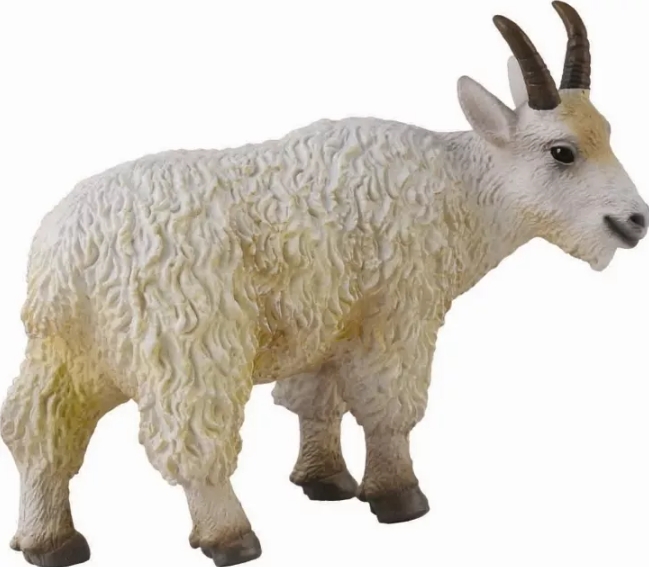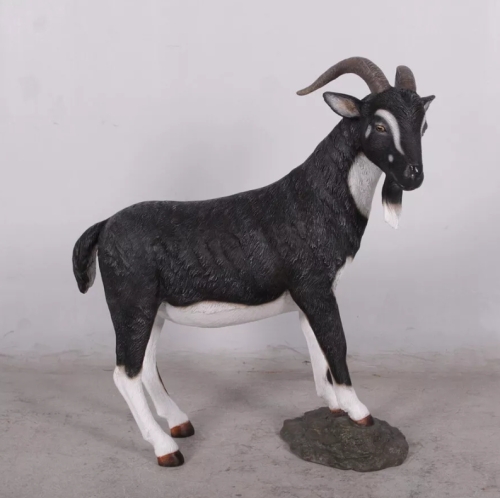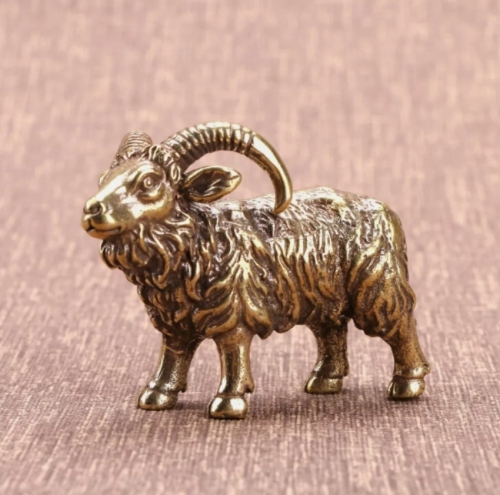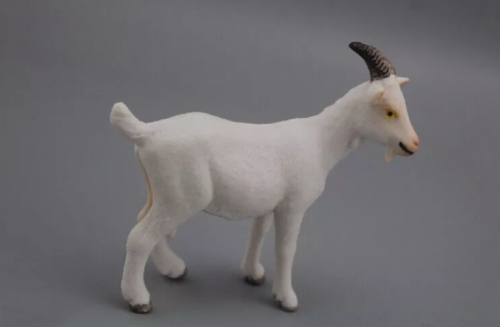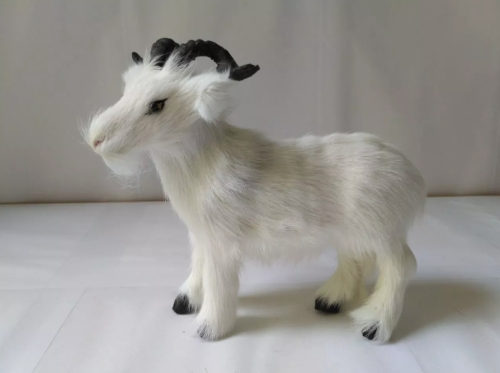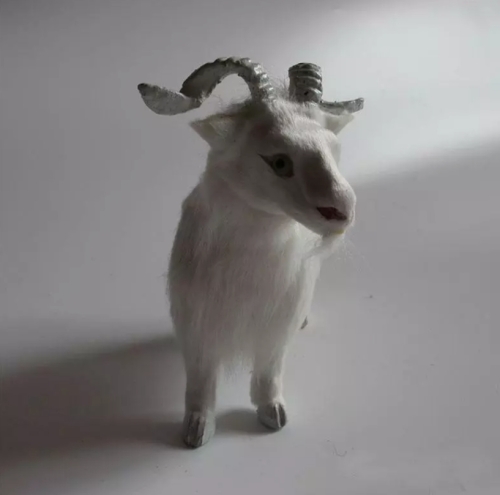The goat model is a theoretical framework widely used in the fields of ecology, economics, and social sciences to explore the formation and evolution of system behavior by simulating the interactions between individuals and their relationships with the environment. The model gets its name from the simple and intuitive assumptions it adopts. Although the basic idea seems simple, its connotation is very rich.
In ecology, goat models are often used to depict competition and cooperation between groups of organisms. As a typical herbivore, goats form a diverse ecosystem through interactions with other organisms in the environment. This model can be used to simulate a variety of situations, such as the efficient allocation of resources and the dynamic balance between predators and prey. Under this framework, individual behavior is not only driven by their own physiological needs, but also influenced by group behavior and environmental changes, forming a complex adaptation mechanism.
In economics, the goat model is used to analyze market behavior. By establishing a simplified economy, the model can reflect the game relationship between buyers and sellers and reveal the generation mechanism of economic indicators such as price, supply and demand. Changes in individual decisions can have ripple effects at the collective level, affecting market stability and volatility. This model is widely used in supply chain management, investment decision-making and policy evaluation.
In the social sciences, the goat model focuses on the discussion of interpersonal relationships and social structures. It can be used to study how individuals interact and cooperate in complex social networks. By simulating the evolution of social behavior, the model can reveal important factors such as social norms, trust relationships, and even social change within a group.

